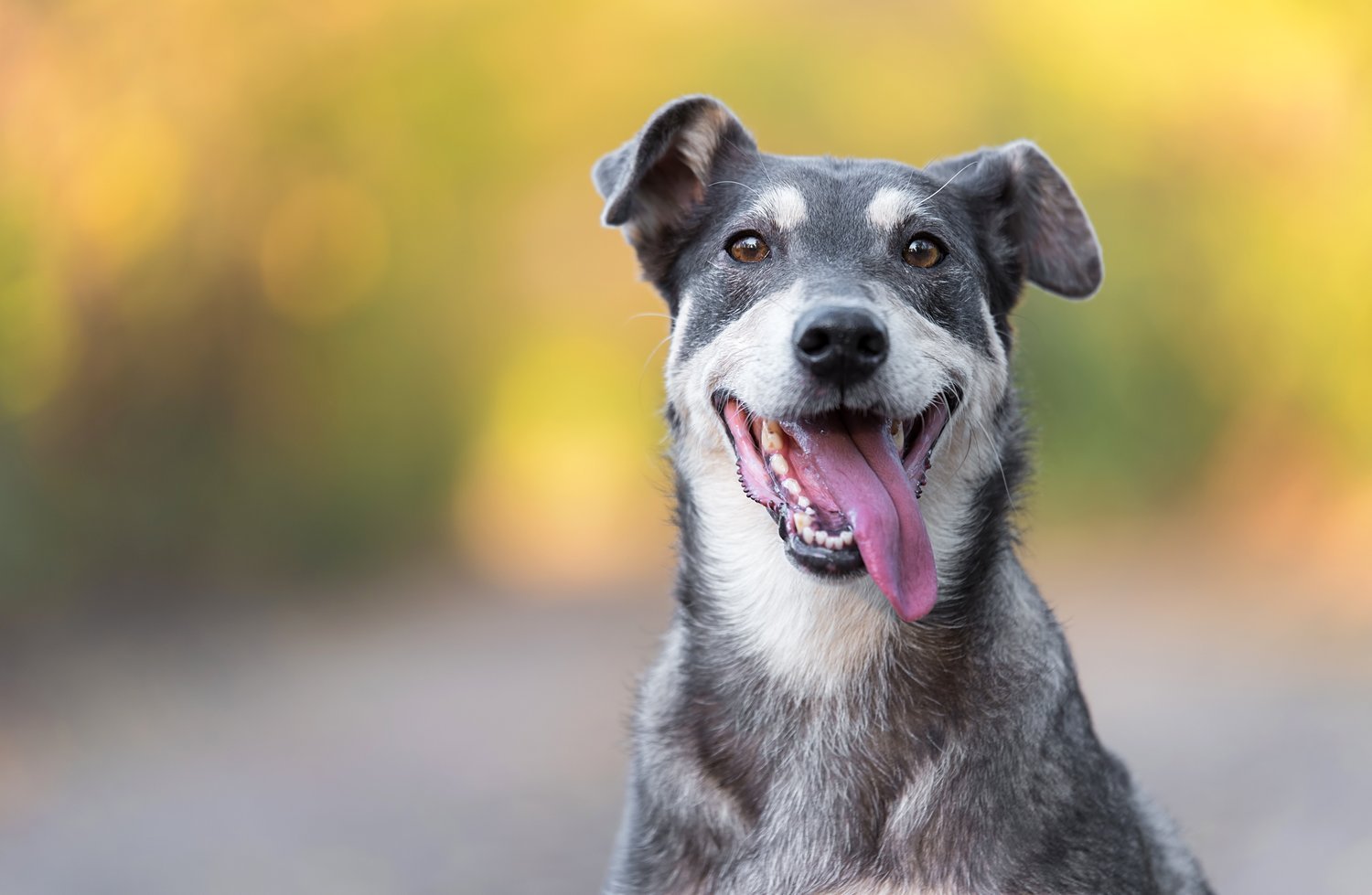Dentistry
Over 70% of all dogs and cats over five years of age suffer from periodontal disease, which means that they have loss of the supporting structures of the teeth. In most cases this process is uncomfortable, and it will eventually lead to problems such as loose teeth, bacteria in the blood stream, and damage to the kidneys, heart and liver. The majority of dogs and cats seen at this practice over the age of 5 have one or more painful teeth in their mouth.
Reddened gums, or “gingivitis”, is not a problem by itself, but frequently is associated with periodontal disease. Since we cannot tell which cases of gingivitis will progress to periodontal disease, we consider a “red stripe” along the gum line to be an indication for a dental cleaning procedure. If periodontal disease exists, causing damage to the supporting structures of the teeth, this can be identified and treated appropriately while the patient is anesthetized.
Unfortunately, some lay people have tried to make a business out of cleaning pet’s teeth without anesthesia, playing on the owner’s fear of anesthesia. In my opinion, this is worse for the pet than doing nothing at all. Animals usually do not receive the same level of at-home dental hygiene (brushing and flossing) we do, and as a result, adult pets often have established periodontal disease. In some of these pets, especially older pets, periodontal disease has progressed beyond its early or mild stages (gingivitis). The moderate and severe stages of periodontal disease traditionally require various therapies (periodontal and oral surgery) in addition to dental scaling. When scaling is used as a standalone treatment to address all stages of periodontal disease, especially when used as a monotherapy for the treatment of severe periodontal disease, it is purely cosmetic and non-therapeutic.
Pet owners naturally are concerned when anesthesia is required for their pet. However, performing dental scaling on an unanesthetized pet is inappropriate for the following reasons:
1. Dental tartar is firmly adhered to the surface of the teeth. Scaling to remove tartar is accomplished using ultrasonic and sonic power scalers, plus hand instruments that must have a sharp working edge to be used effectively. Even slight head movement by the patient could result in injury to the oral tissues of the patient.
2. Professional dental scaling includes scaling the surfaces of the teeth both above and below the gingival margin (gum line), followed by dental polishing. The most critical part of a dental scaling procedure is scaling the tooth surfaces that are within the gingival pocket (the subgingival space between the gum and the root), where periodontal disease is active. Because the patient cooperates, dental scaling of human teeth performed by a professional trained in the procedures can be completed successfully without anesthesia. However, access to the subgingival area of every tooth is impossible in an unanesthetized canine or feline patient. Removal of dental tartar on the visible surfaces of the teeth has little effect on a pet’s health, and provides a false sense of accomplishment. The effect is purely cosmetic.
3. Inhalation anesthesia using a cuffed endotracheal tube provides three important advantages – the cooperation of the patient with a procedure it does not understand, elimination of pain resulting from examination and treatment of affected dental tissues during the procedure, and protection of the airway and lungs from accidental aspiration.
4. A complete oral examination, which is an important part of a professional dental scaling procedure, is not possible in an unanesthetized patient. The surfaces of the teeth facing the tongue cannot be examined, and areas of disease and discomfort are likely to be missed
5. Radiographs: The value of intra-oral radiographs cannot be overstated. Radiographs of teeth without clinical lesions yielded clinically important findings in 22.8% of dogs and 41.7% of cats. An x-ray of a tooth that is fractured or infected helps in determining the extent of the damage and whether to extract or attempt to save the tooth with a dental treatment.
The Twelve Basic steps for dental care are as follows
Step 1.General Physical exam
Step 2.Initial oral survey
Step 3.Remove calculus above the gum line
- Least important part
- Most visible part of the cleaning to owners
- This is all a you can perform without anesthesia
Step 4.Remove calculus below the gum line
- This is the least part of the cleaning visible to owners
- This is the most important part of the procedure for the patient
- Three possible steps may be involved
- Subgingival scaling (calculus removal)
- Root planing (smoothing rough surfaces)
- Subgingival curettage (soft tissue debridement of the inside of the gingival pocket)
Step 5.Polishing
- Removes defects and irregularities
Step 6.Irrigate all debris from under the gum line.
Step 7.Flouride application
- Strengthens enamel
- Desensitizes exposed dentin and/or cementum
- Decreases the incidence of caries
Step 8.Complete charting
- Almost all patients will have problem areas
- Note all abnormalities on the chart
- Pockets over 3mm in dogs and 1 mm in cats
- Furcation exposures
- Fractures/ exposed dentin
- Loose teeth
- Root exposure
Step 9.Dental radiographs
- All suspicious areas should be radiographed
- 80% of dental anatomy is not visible to the eye
Step 10.Treatment Plan
- Decide what treatment is needed
- Decide what medications are needed
Step 11.Home care
- Give owners their options
- Demonstrate products on the owner’s pet
Step 12. Schedule the next appointment
- Re-check Exam
- Time for the next professional care appointment!
